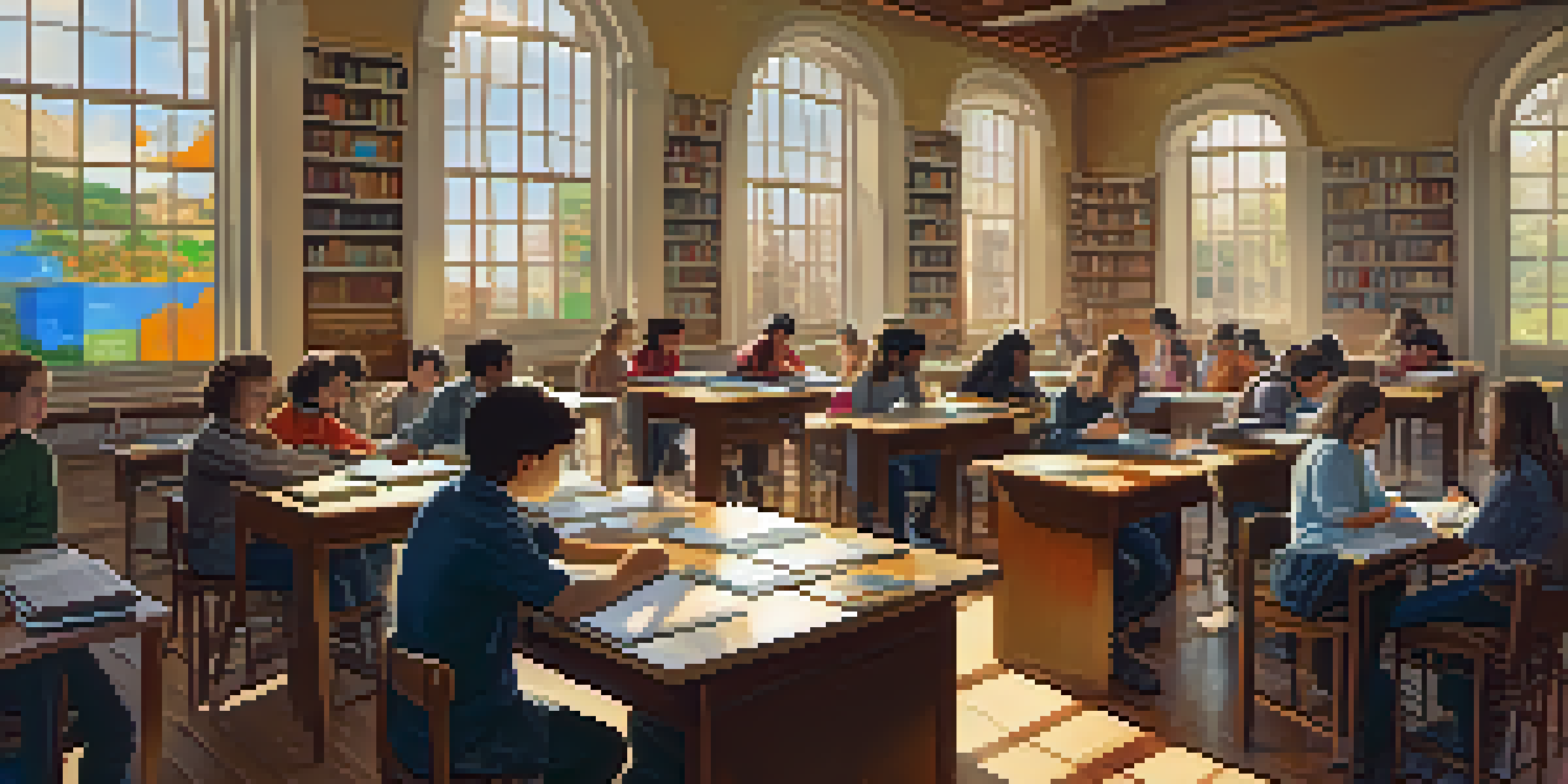Transmedia Learning: A Comprehensive Guide for Educators

Understanding Transmedia Learning: An Overview
Transmedia learning is an educational approach that leverages multiple platforms and formats to enhance understanding and retention. Imagine storytelling that spans across books, films, games, and social media, each offering a unique perspective on the same narrative. This method capitalizes on the way students interact with content in our digital age, making learning more engaging and relevant. By tapping into various media, educators can create a rich tapestry of experiences that cater to diverse learning styles.
The Benefits of Transmedia Learning for Students
One of the most significant advantages of transmedia learning is increased student engagement. When learners are exposed to a variety of media, they are more likely to connect with the material on a personal level. For instance, a historical event can be explored through documentaries, interactive timelines, and even video games, making the learning experience multifaceted and exciting. This approach also fosters critical thinking, as students analyze and synthesize information from various sources.
Engagement through Diverse Media
Transmedia learning increases student engagement by allowing them to connect with material through various media formats.
Key Principles of Transmedia Learning Design
Designing an effective transmedia learning experience involves a few key principles. First, educators should ensure that each media format contributes uniquely to the overall narrative, rather than just repeating information. Second, it's essential to create pathways for students to navigate through the materials, encouraging exploration and discovery. Lastly, fostering collaboration among learners can enhance the experience, as they share insights and perspectives gained from different media.
Tools and Platforms for Transmedia Learning
There are numerous tools and platforms available to facilitate transmedia learning. For instance, platforms like Padlet or Trello can help educators organize content across different media, while tools like Adobe Spark allow for the creation of visually engaging narratives. Additionally, social media can serve as a space for discussion and sharing resources, further enriching the learning experience. By utilizing these tools, educators can create a cohesive and interactive environment for their students.
Unique Contributions of Media
Effective transmedia learning design requires that each media format offers a unique perspective, enhancing the overall narrative.
Creating a Transmedia Learning Project: Step-by-Step
To embark on a transmedia learning project, start by identifying a central theme or question that you want your students to explore. Next, brainstorm various media formats that can effectively convey different aspects of the theme, such as videos, podcasts, or interactive websites. After that, map out the connections between these media to ensure they complement one another and guide students through their learning journey. Lastly, provide clear instructions and support as students engage with the content.
Assessing Student Learning in Transmedia Environments
Assessment in a transmedia learning environment can be both dynamic and multifaceted. Traditional tests might not capture the depth of understanding that comes from engaging with various media. Instead, consider using reflective journals, project presentations, or collaborative group assessments to gauge student learning. This approach not only assesses knowledge but also encourages students to articulate their insights and showcase their creativity.
Future of Learning with Technology
Emerging technologies like VR and AR are set to make transmedia learning more immersive and engaging for students.
Challenges and Considerations in Transmedia Learning
While transmedia learning offers many benefits, it also presents certain challenges. One common issue is ensuring that all students have equal access to the required technology and resources. Additionally, educators must be mindful of the potential for information overload, as too many media formats can confuse rather than clarify. Balancing the richness of content with clarity and focus is essential to create an effective learning experience.
Future Trends in Transmedia Learning for Educators
As technology continues to evolve, so too will the possibilities for transmedia learning. Emerging technologies like virtual reality (VR) and augmented reality (AR) are set to transform how students interact with content. Imagine a history lesson where students can virtually walk through ancient ruins or a science class that allows them to explore the human body in 3D. These advancements promise to make transmedia learning even more immersive and engaging, paving the way for a new era of education.